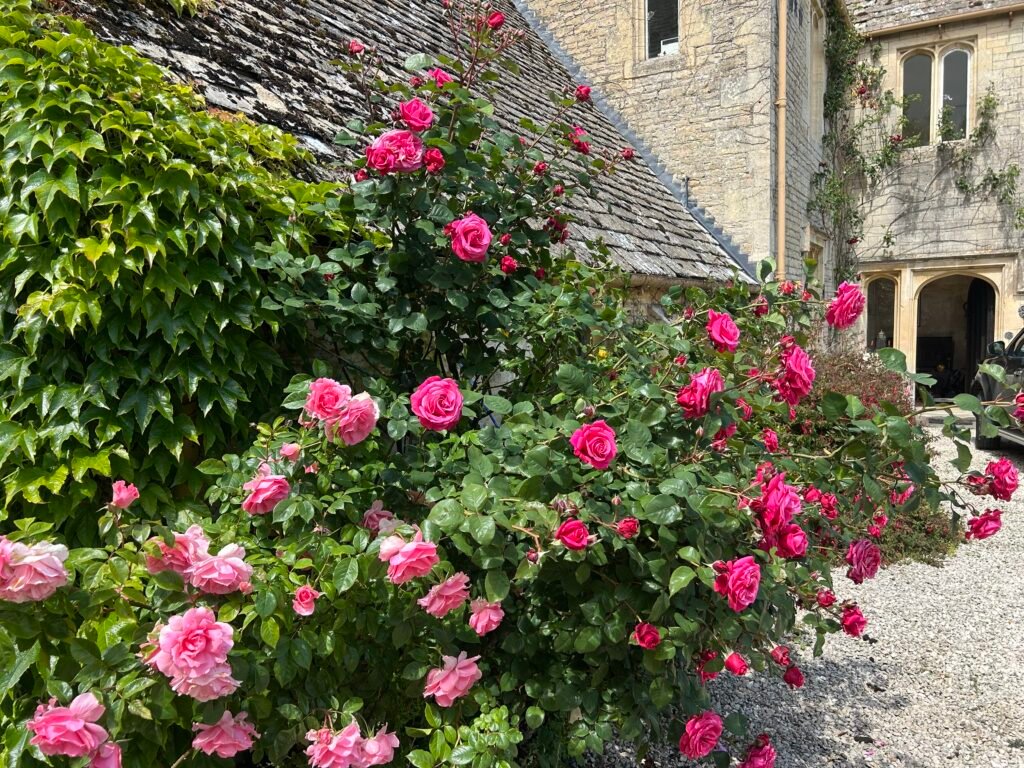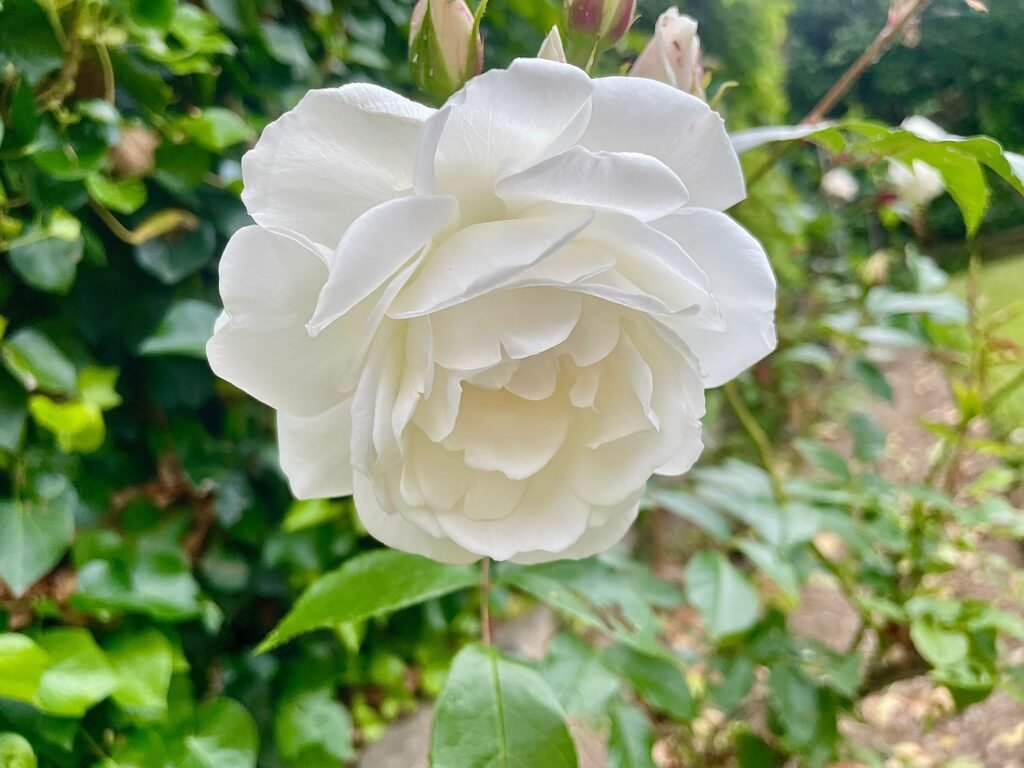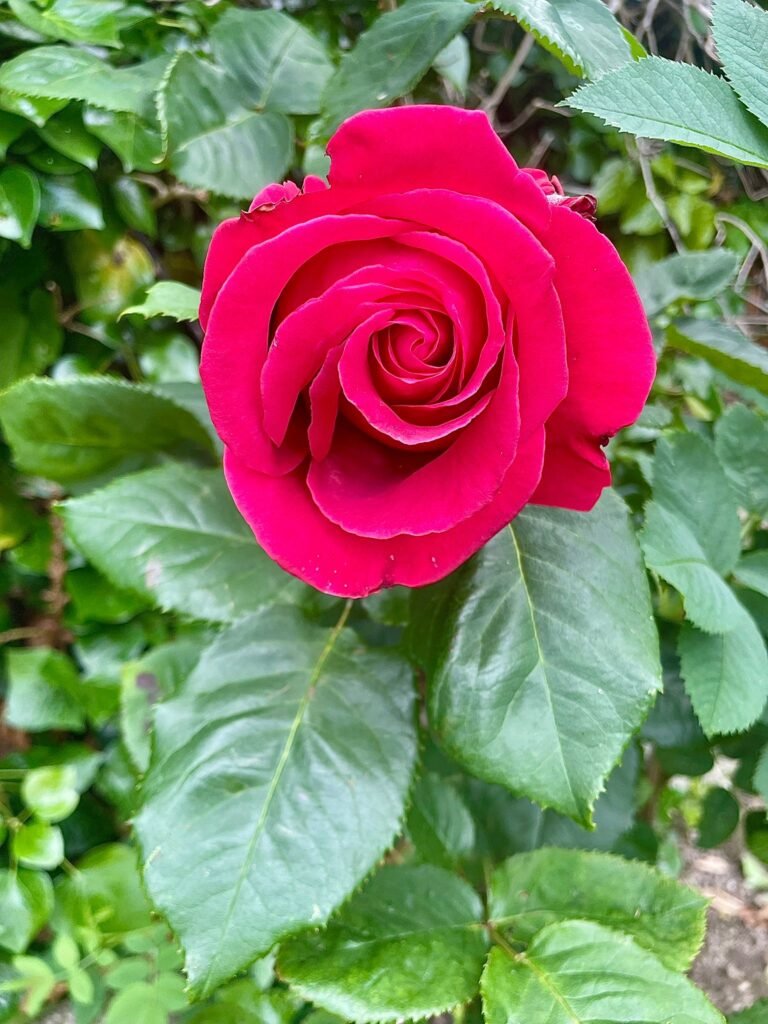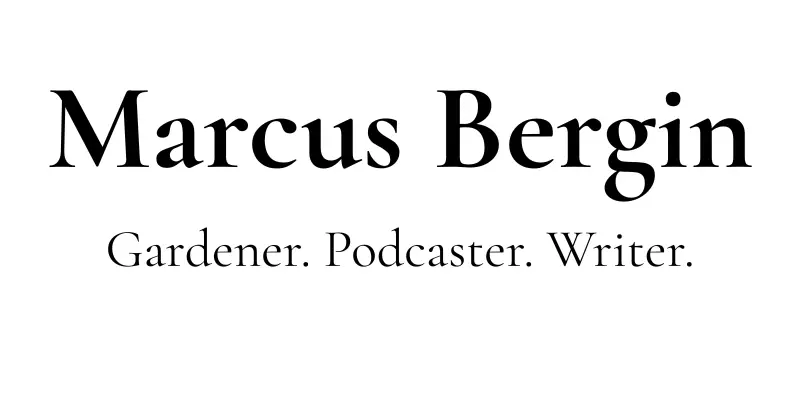
Caring for Roses in June: Keep the Show Going All Summer
You know it’s June when the scent of roses stops you mid-step.
One moment, you’re walking through the garden with a cuppa in hand, and the next, you’re leaning in to take another breath. There’s something about the way roses unfurl in early summer—graceful, generous, and quietly commanding. Whether they’re tumbling over an old fence or standing like sentinels in the border, June is when roses ask for a little care in return for their dazzling display.
And truth be told, this is the month they really need us.
So let’s take a slow walk through what your roses might be asking for this week—and how you can help them thrive right into autumn.
A Bit of Encouragement: Deadheading
Once the first flush of flowers begins to fade, it’s time to reach for the secateurs. Deadheading is one of the simplest but most effective ways to keep your roses going strong. Just snip off each spent flower back to the first strong, outward-facing leaf (you’ll spot it easily—five leaflets instead of three is usually the sign).
Why do it? Because roses, like many flowering plants, will slow down if they think they’ve done their job. By removing the fading blooms, you gently persuade the plant to keep producing.
If you’re growing varieties like Rosa rugosa or species roses that you want to form hips later on, you can skip this part—but for the rest, a quick tidy-up now brings big rewards later.

June’s Usual Suspects: Aphids, Blackspot & Mildew
Roses attract more than just compliments in June. Greenfly and blackfly often gather in numbers on new buds and tips—especially during mild, wet spells.
You can:
Rub them off with your fingers (surprisingly satisfying),
Hose them down with a jet of water, or
Try a gentle soap solution (a drop of washing-up liquid in a spray bottle).
More persistent cases may call for biological controls or selective treatments, but try the least invasive method first. You want to keep those ladybirds and hoverflies around.
Blackspot and powdery mildew may also rear their heads as the weather warms up. Keep the base of your roses clear of fallen leaves, water at the roots, and ensure there’s enough airflow between plants. Mulching earlier in the season helps reduce splash-back and conserve moisture—both of which can reduce disease.
Feeding – Don’t Let Them Flag
Roses are greedy. That glorious show comes at a cost, and now’s the time to top them up.
If you haven’t already, apply a slow-release granular rose feed around the base—scratch it into the soil and water well. I often use Johnson Lawn Care Direct’s Summer Feed (drop me a message if you’d like a discount code), but there are plenty of good options out there.
Liquid feeds can be helpful too, especially after heavy rainfall when nutrients may have leached away. Aim to feed every 4–6 weeks throughout the summer, stopping in late July to allow the plants to wind down naturally by autumn.
Watering – Deep and Occasional
With all the showers we’ve had lately followed by sunbursts, it’s tempting to let the weather do the watering. But roses are deep-rooted, and they benefit from consistent moisture.
Instead of frequent light sprinkles, give them a deep soak once or twice a week (depending on conditions). Water at the base, not over the foliage, to help prevent blackspot. A mulch of compost or bark around the roots can help retain moisture—particularly in dry patches of garden.

Supporting Climbers and Ramblers
If you’re growing climbing or rambling roses, this is a good moment to check their ties. New growth can come fast in June, especially after a rain burst.
Tie in fresh shoots with soft twine, gently guiding them sideways or at an angle. Why? Because horizontal stems trigger more flowering shoots than vertical ones—resulting in a fuller, more floriferous display.
A little training now saves a tangle later.
And Finally… Don’t Forget to Enjoy Them
It’s easy to get caught up in the pruning, feeding, spraying, tying-in, and fussing. But roses, perhaps more than any other plant, invite us to stop.
So when you’re done with your secateurs, take a moment. Breathe them in. Watch the bees dancing in and out. Sit down with your cuppa and let June be June.
And if something’s not quite perfect—a bit of blackspot, a bloom with a chewed petal, a rose that’s taking its time—that’s alright too. Gardens aren’t showrooms, and roses aren’t made of porcelain.
